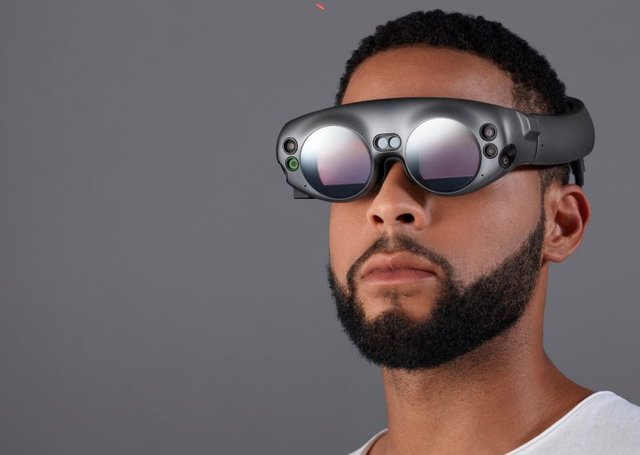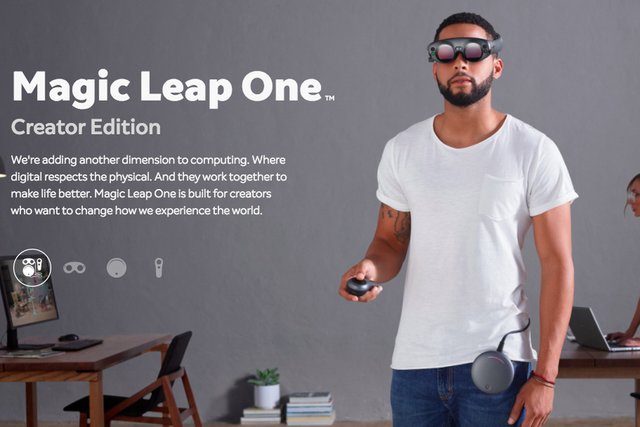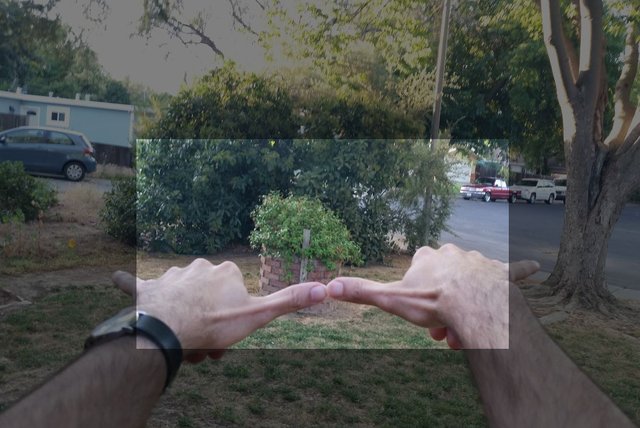
The headset that was promised.
MagicLeap, a Florida-based start-up is one of the biggest and most secretive projects of the industry. Since its official launch in 2010, it’s been backed by giants including Google, Alibaba and Weta Workshop (Lord of the Rings special effects company), that raised nearly USD 2bn to develop a head-mounted virtual retinal display headset. For the longest time, annoyingly, this is pretty much all the information that we were given. No headset design, no specifications, no price, no nothing… until now.
The headset

Late last year the company has finally quenched our thirst for more knowledge with the announcement of their first headset - Magic Leap One, Creator Edition. While the cyberpunk-y, futuristic design left most of us divided, the technology behind it united us back into believing - this is going to change things forever.
Augmented vs Mixed reality
Unlike other existing AR headsets (Meta 2 or Hololens), which let you “augment” your reality by overlaying 3D information/objects in front of whatever you’re seeing, mixed reality merges real and virtual objects, whereby the two are able to co-exist and interact with one another. This is what MagicLeap calls the Visual Perception feature. The technology allows the headset to scan and detect your surroundings, mapping it constantly, in order to seamlessly blend the two realities.
Not quite sure what all of that means? A teaser clip, released by MagicLeap might give you a better understanding:
Digital Lightfield
Most AR experiences we’ve tried do a decent job at blending the virtual with real world, but even the most realistic 3D objects, while placed in AR won’t trick your brain into believing it’s actually there… something is always off. MagicLeap intends to change that, by introducing a feature that focuses on detecting the existing lighting conditions and applying them digitally to the placed object. The company claims the experience is so seamless in fact, that it allows the headset to be worn for extended period of time.
Persistent Objects
The surface and space detection abilities of the headset, allows a more accurate tracking than ever before. Imagine placing objects inside of your Mixed Reality headset and having them in the same spot wherever you go. This was never possible before, even with ARKit tracking, which gets easily confused if you walk around too much. This feature is particularly important, as accurate tracking is the key to a seamless AR/MR experience.
MagicLeap has also announced a partnership with Alibaba and released this teaser clip, which effectively shows off the above features:
MagicLeap - the unknowns
If anything, especially technology, seems too good to be true - it usually is. There’s still a number of unanswered questions that will determine the scope of MagicLeap’s success or failure.
First, it’s the unknown Field of View. All of the existing AR headsets face the same issue, a very small FOV, meaning the actual projection area on your lens. Hololens current FOV is 35deg, which translates roughly to two palm widths while having your arms fully extended:

That's not much...
Second, the computing power. The headset comes together with its own computing power generator, called the Lightpack. It’s tethered directly to the headset and designed to be strapped by your side. Very little information was provided about it’s actual power, weight or battery life. Also, not the greatest solution knowing that Intel is already working on a similar headset, with the computing chips being integrated into the headset itself.
Lastly, it’s the biggest problem of all - the price. MagicLeap claims the most entry level headsets will cost as little as “a high-end smartphone”. That is, of course, an improvement from an eye-watering USD3,000 Hololens retail price, but unless it receives a permanent price cut in the future, this price tag makes it unlikely to become a mass-adopted product any time soon.
Leap or flop?
Even with the unknown FOV, price and the inconvenient Lightpack, I’d say it’s definitely going to be an industry leap, hopefully in the right direction. The possibilities are endless: having a virtual pet, new methods of on-line shopping and interior design, ironman-like desktop displays with gesture controls, to augmented reality video chatting etc. Hopefully with the amount of funding and support from other industry giants, MagicLeap will live up to the expectations and become a breakthrough that will change the way we interact with 3D worlds.
The headset is expected to be shipped in the second half of 2018, so start saving up and mark it down in your calendars.. I have!



